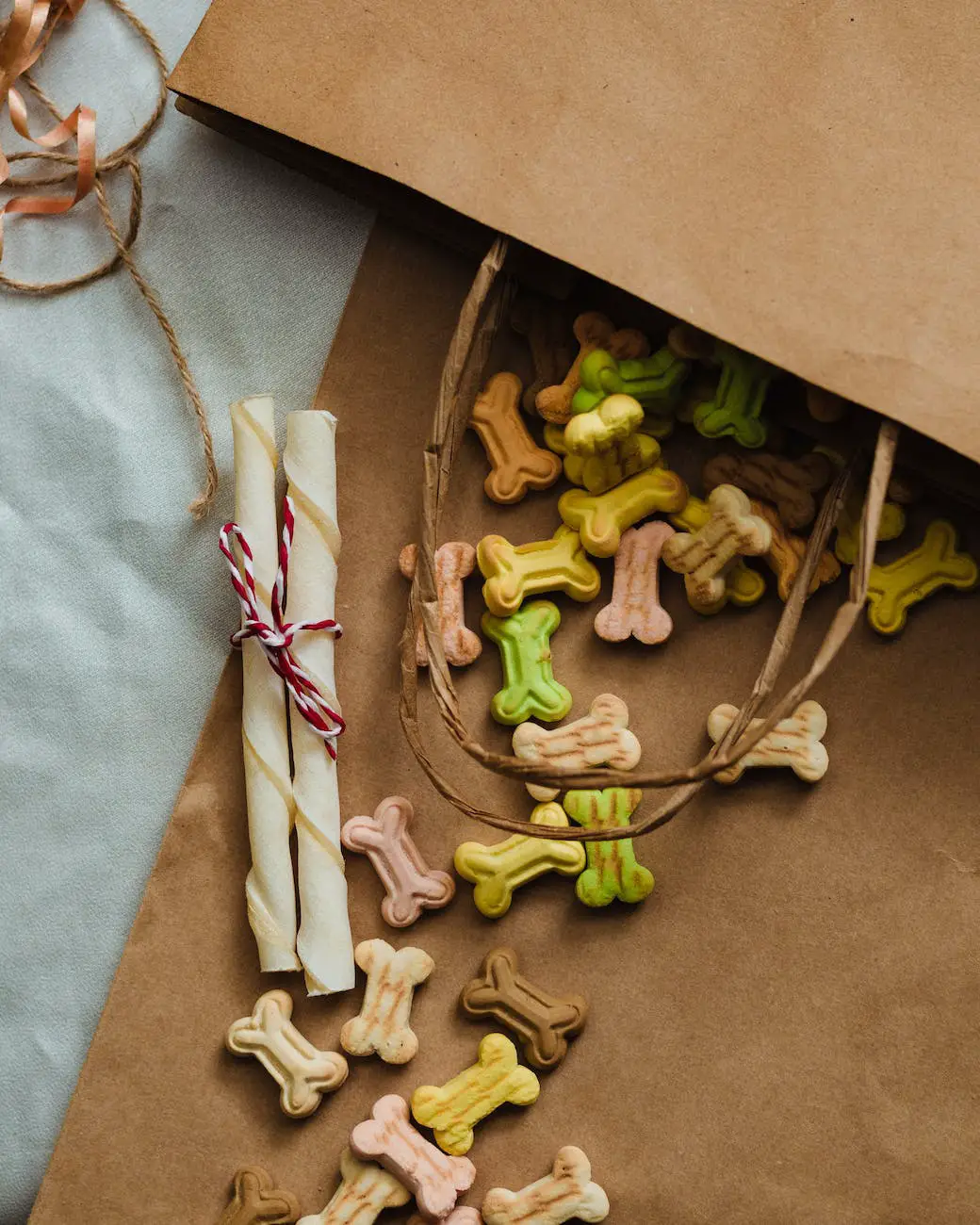Dogs often exhibit curious behaviors towards common household items, and cardboard is a frequent target of their interest. Is cardboard bad for dachshunds?
Cardboard isn’t harmful as such, but it’s best to keep it away from dogs and provide them with safe, appropriate chew toys.
If a dog does ingest a significant amount of cardboard, or if there are any signs of distress (like vomiting, lethargy, or difficulty passing stool), it’s important to consult a veterinarian.
Is Cardboard Bad For Dachshunds Dogs?
While cardboard isn’t toxic to dogs, including dachshunds, it poses several risks that warrant caution.
The primary concerns include choking hazards, as smaller dogs like dachshunds can easily choke on torn pieces. Cardboard can also cause intestinal blockages, particularly in smaller breeds with narrower gastrointestinal tracts.
Cardboard often contains inks, glues, and other chemicals that are not safe for ingestion. Chewing on hard materials can lead to dental problems such as cracked teeth or damaged gums.
What To Do If Your Dog Eats Cardboard
If a dog consumes cardboard, the first step is to assess the amount ingested. A small nibble might pass without issue, but larger quantities, especially in smaller breeds, can cause complications.
Close observation is crucial. Look for signs of discomfort, such as changes in eating habits, lethargy, vomiting, diarrhea, or difficulties in bowel movements.
These symptoms might indicate an obstruction or other serious concerns. In such cases, immediate veterinary consultation is necessary.
Also ensure that the dog has continuous access to water to stay hydrated and prevent dehydration, especially if they are showing signs of vomiting or diarrhea.
Is Cardboard Harmful For Dogs?
Cardboard isn’t inherently harmful to dogs, but it’s not designed for consumption. The main risks include gastrointestinal blockages and choking hazards.
Even though cardboard isn’t toxic, it’s indigestible and can lead to stomach upset.
Certain types of cardboard may contain harmful substances like inks or glues. Chewing cardboard can also lead to dental issues, such as damaged teeth or injured gums.
Keeping cardboard out of dogs’ reach and providing suitable chew toys are recommended practices.
Why Do Dogs Like Ripping Up Cardboard?
The attraction of dogs to cardboard can be attributed to several factors. Chewing and ripping behaviors are deeply ingrained in dogs’ instincts, often used for exploring their environment and keeping their jaws strong.
Cardboard provides a unique texture and sound that many dogs find satisfying. The act of shredding can be both entertaining and mentally stimulating, helping to relieve boredom and anxiety.
For puppies, chewing cardboard can also be a way to alleviate the discomfort associated with teething.
However, it’s important to redirect this behavior towards more appropriate items like dog-specific toys to avoid any risks associated with cardboard ingestion.
Should You Hide Treats In A Cardboard Box As A Game For Your Dog?
Using cardboard boxes to hide treats can be an excellent way to engage a dog’s mind and senses. When setting up this game, it’s essential to supervise the dog to prevent them from eating the cardboard.
The size of the cardboard pieces should be large enough to avoid swallowing and choking hazards.
Ensuring that the cardboard is free from harmful substances such as inks, dyes, or staples is also crucial.
The complexity of the game should be tailored to the dog’s size, breed, and intelligence level.
After the game, all cardboard remnants should be cleaned up to prevent the dog from returning to chew them.
If a dog shows signs of frustration or stress during the game, it might be necessary to adjust the difficulty level or switch to a different activity.
Training the dog to be gentle during the game can also help prevent aggressive or destructive behavior.


